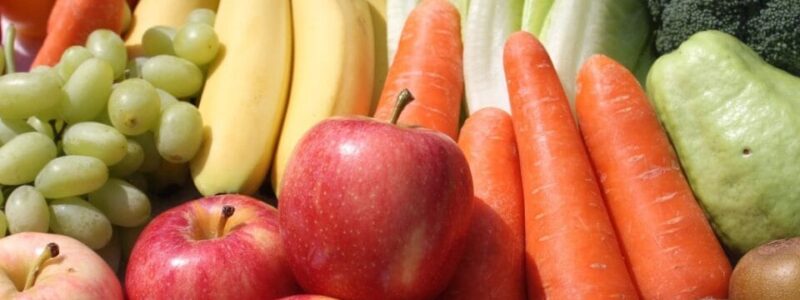
According to EastFruit analysts, as of the beginning of 2025 compared to the same period of 2024, prices for most types of fruits and vegetables in the Ukrainian market increased. However, there were also such positions, for which prices decreased. At the same time, the average rate of price growth for fruit and vegetable products did not differ significantly from the annual inflation rate, which indicates stabilization of the fruit and vegetable market.
Among the champions in terms of price growth rates in 2024 were cabbage, carrots and apples. Cabbage rose in price three times or more during the year due to a decrease in production volumes and low quality of products. Wholesale prices for carrots increased almost 2.6 times and reached UAH 26/kg ($0.61) as of the beginning of January 2025. Apple has increased in price by an average of 79% and is now sold in bulk for 25-28 UAH/kg, which is also equivalent to about 60 US cents. Premium quality apples are sold much more expensive.
“Apple prices have risen sharply in all European countries due to significant crop losses due to unfavorable climatic conditions. Another reason for the price increase is high prices for apple concentrate, supporting high prices for low quality apple as well. Accordingly, the fresh apple market lost the most affordable segment, which allowed the prices for medium and high quality apple to increase,” says Andriy Yarmak, FAO economist.
Similar to apple was the situation for pears, which rose in price by an average of 70% on the Ukrainian market over the year.
Mandarins are another item, for which there was a high increase in prices. The reasons were discussed in detail in this material. In Ukraine, the prices for these fruits increased by 58% over the year.
For other key positions the following price growth was observed: sweet pepper and grapes – 20%, potatoes – 30%. At the same time, prices for onions and greenhouse tomatoes did not change over the year, and greenhouse cucumbers fell in price by an average of 5% over the year. Wholesale prices for bananas decreased most significantly – by 8%.